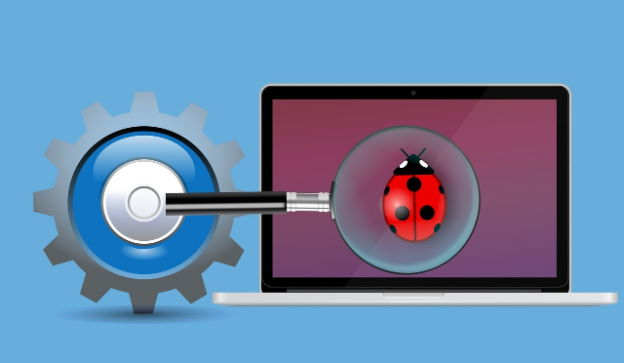The software testing stage is a critical part of any development cycle. While some may say that its role is secondary, it’s a misleading opinion. The quality assurance of a digital product helps to deliver the smooth user experience and satisfaction of its end users.
Its main aim is to ensure that software has no major defects and flaws that would prevent the correct functioning of the application or a website.
Usually, everything starts with manual testing but at some point, as the product starts growing, the QA specialists get acquainted with automation testing basics and start promoting this idea to optimize the processes in place to their leaders.
When automated testing is required?
- There are many releases on the project. The more features, changes, and functionality are added to the website or application, the more time needs to be dedicated to testing, that’s why automation will help to make things easier for your QA department
- Working with big data masses. The more data requires manual input, the more time you will need to get the results, and automation makes it easier.
- The need to achieve high accuracy. Manual testing is done with a human intervention from start to finish, and if there are a lot of routine tasks, the level of attention may decrease, some points can be missed, and bugs not spotted. The script will never get tired that’s why replacing manual work with automation can significantly improve test results.
How to start implementing automation processes
1. Decide why you need automation.
Answering this question is key, as automation for the sake of automation and the absence of clear goals may affect the project’s success. So you need to set a measurable goal like reduce the load on QA by 25%, increase test coverage by implementing 2 new automated test cases.
2. Audit current testing procedures and check what can be automated.
Having an overview of the current process will help to see where the automation can be applied. Here are some ideas:
- Input/output tasks like filling in contact or delivery forms, registrations, or logins.
- Load (stress) testing of the application when you are preparing for an unusual load due to some marketing promos.
- Cross-browser testing, as some elements can have different behaviors in different browsers that may affect the usability, thus the functionality needs to be unified. The same applies to cross-platform applications that need to be tested in different OS and screen resolutions.
Note, that not everything can be automated, moreover, some tests must remain manual. This concerns all the tasks that cannot be put under the algorithm like random testing not following any user flow to see whether it causes any breaks in the functionality, exploratory testing, and assessing design decisions, as these are purely subjective.
3. Define what resources you will need.
The first step is the budget planning, as implementing automation may incur a lot of expenses, starting from hiring an automation specialist, organizing proper training for your personnel, and adopting the automation tools. Then, you will need to assess the involvement of current personnel that may affect the capacity if there are other development projects, as some tests require the dev resources. Where appropriate, businesses should consider formal certifications and structured courses such as the ISTQB Foundation level to ensure testers have consistent foundational knowledge before taking on automated testing responsibilities. One tip to save here is considering the free automation tools, or if you need the paid ones, it’s possible to ask the vendor for some learning sessions for your team.
Automating testing processes in your company will help to reduce the load and receive quicker test results. Thus, your developers will be able to know about defects faster, fix bugs before they become critical, and focus on delivering high-quality code. Starting automation can take some extra effort in the beginning, but the end results are definitely worth it.








